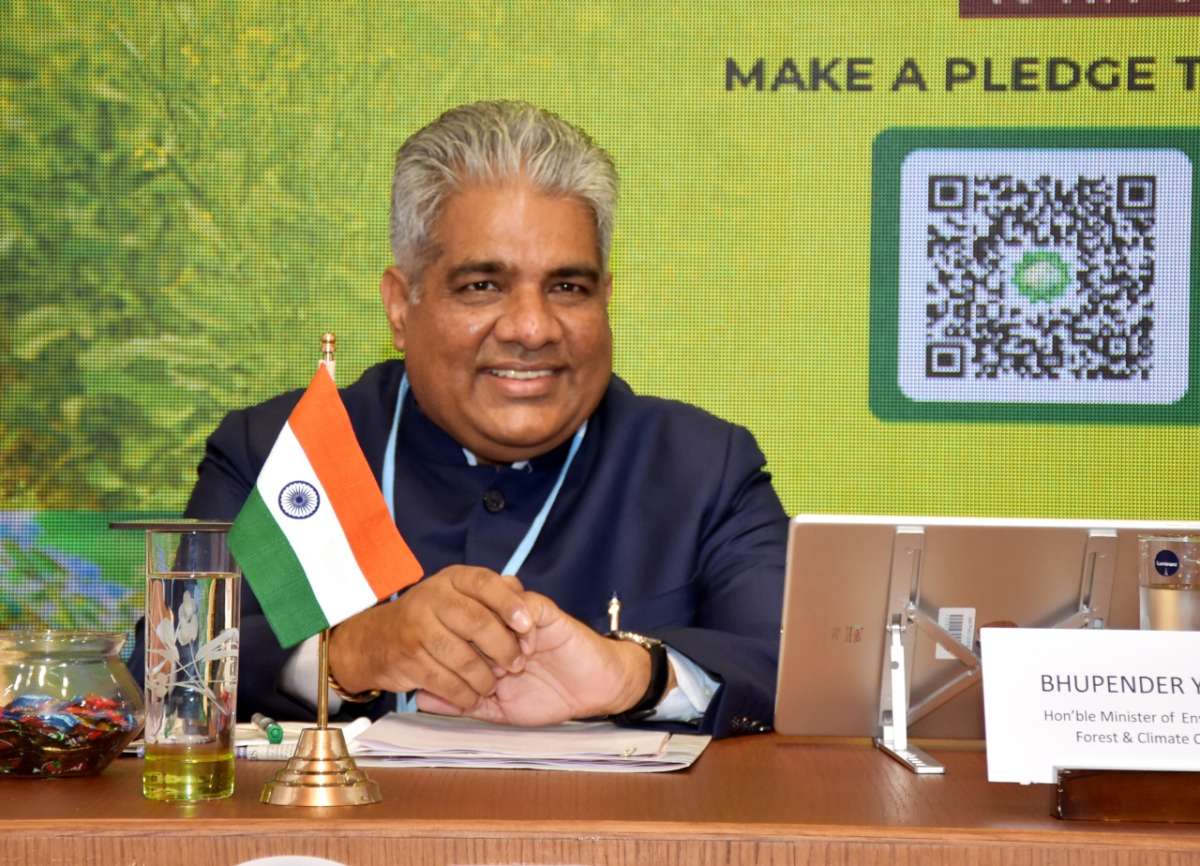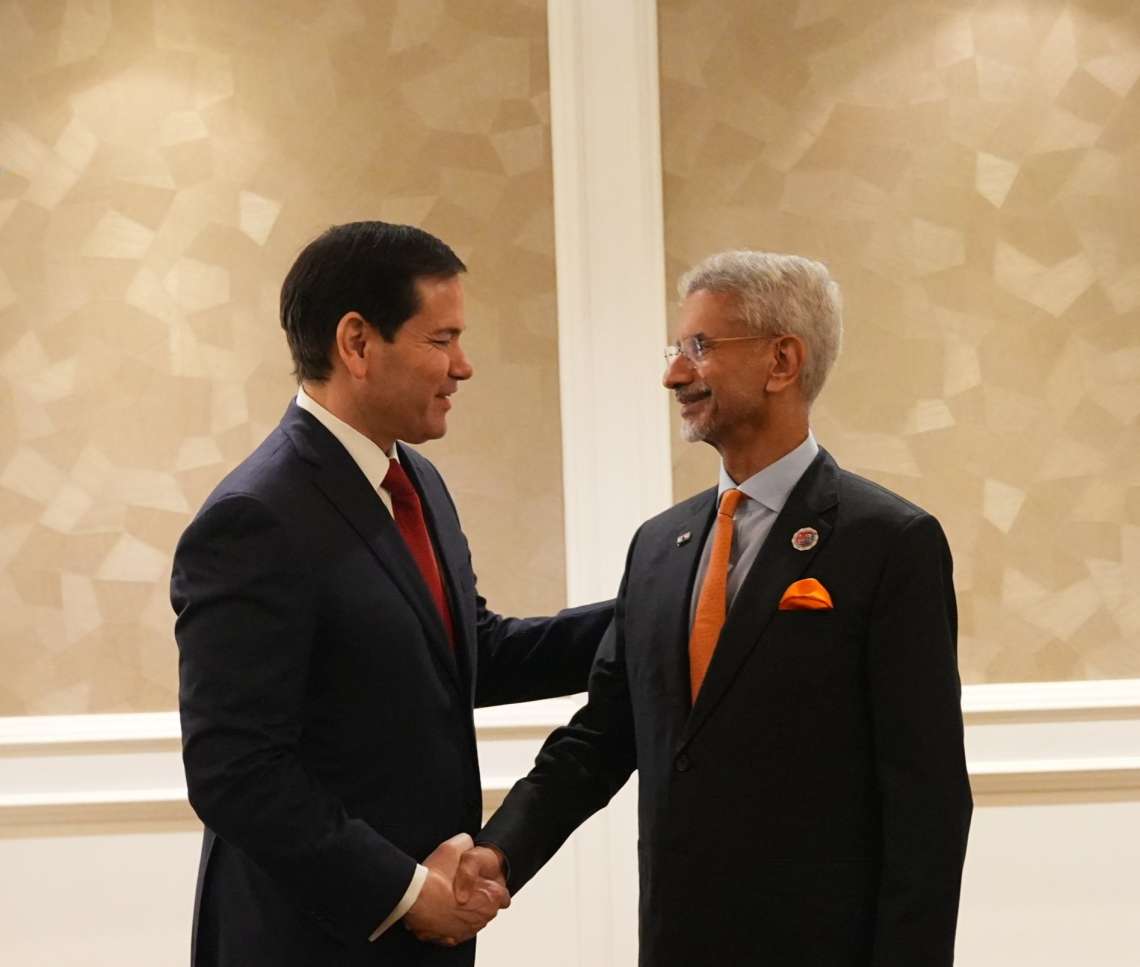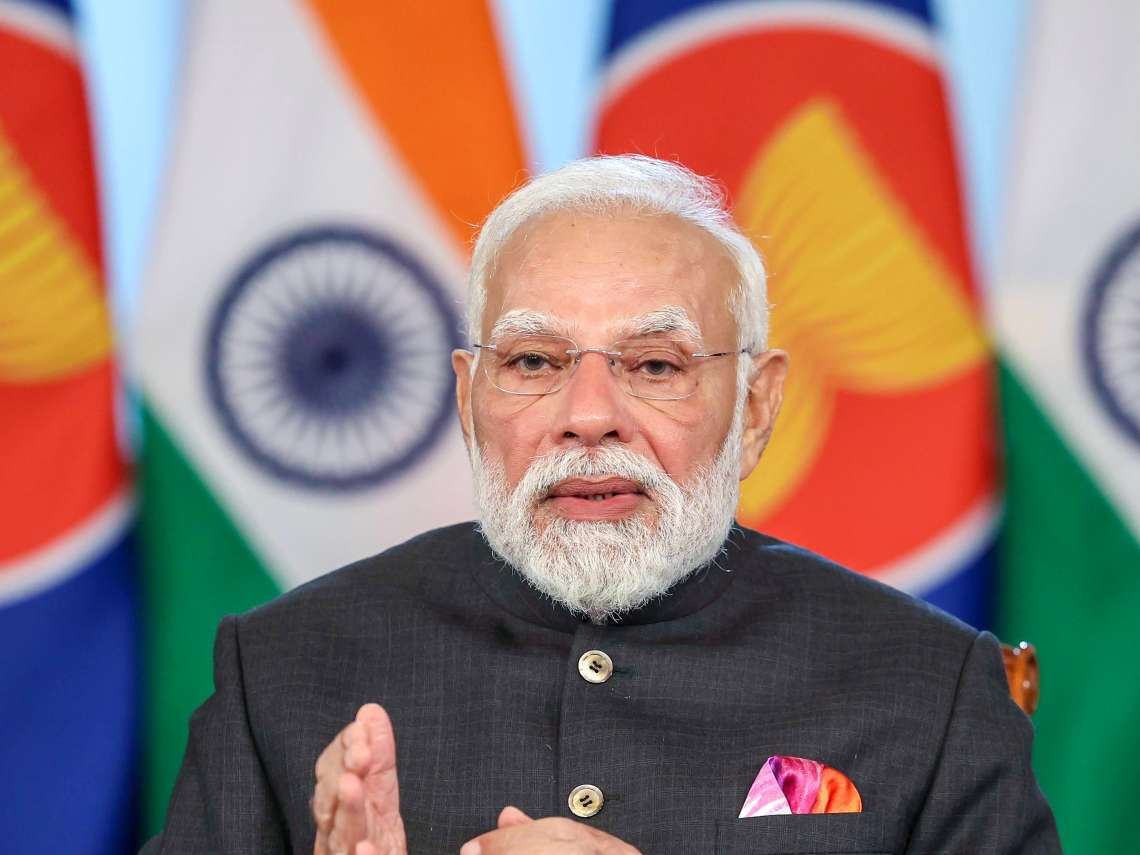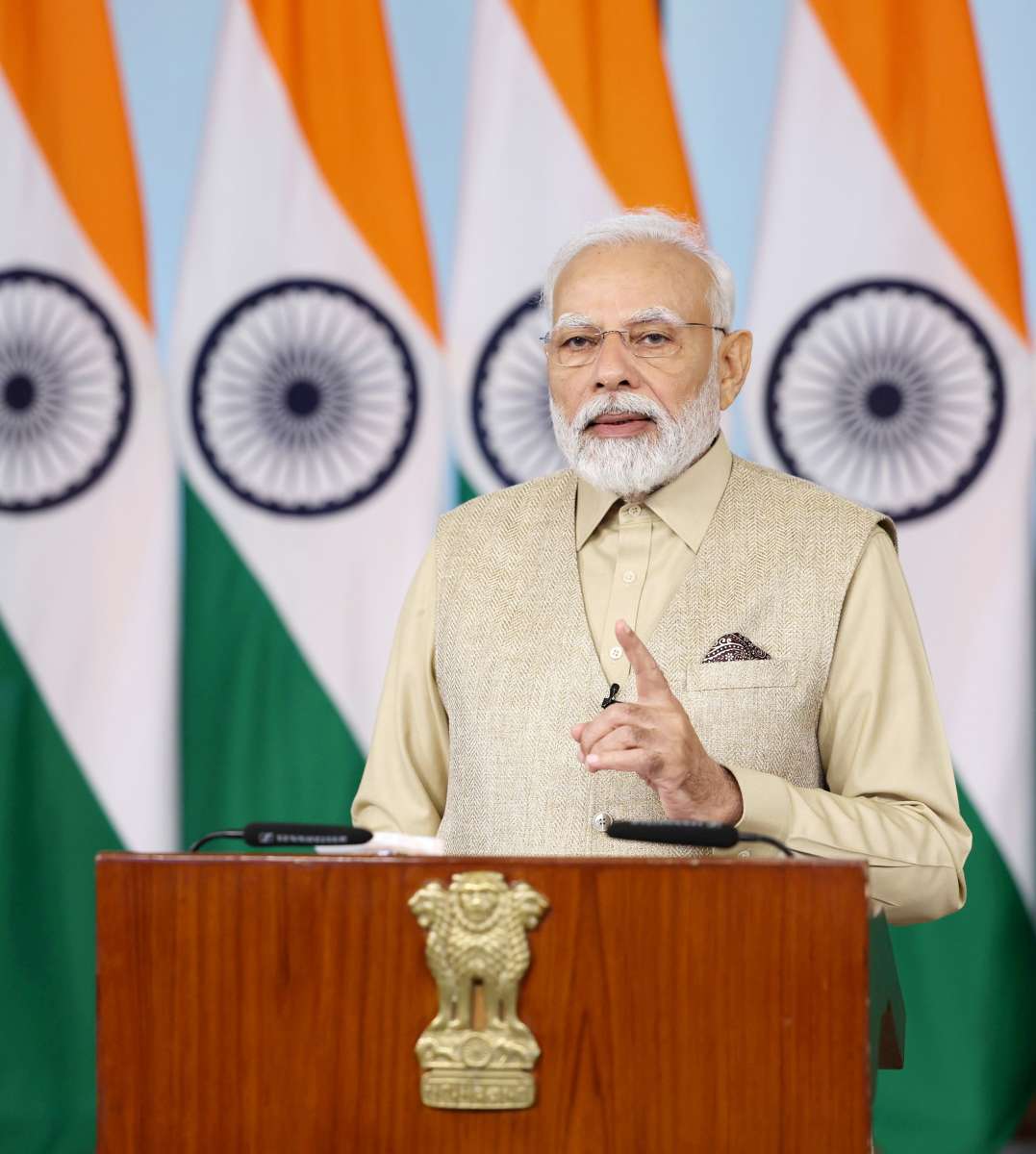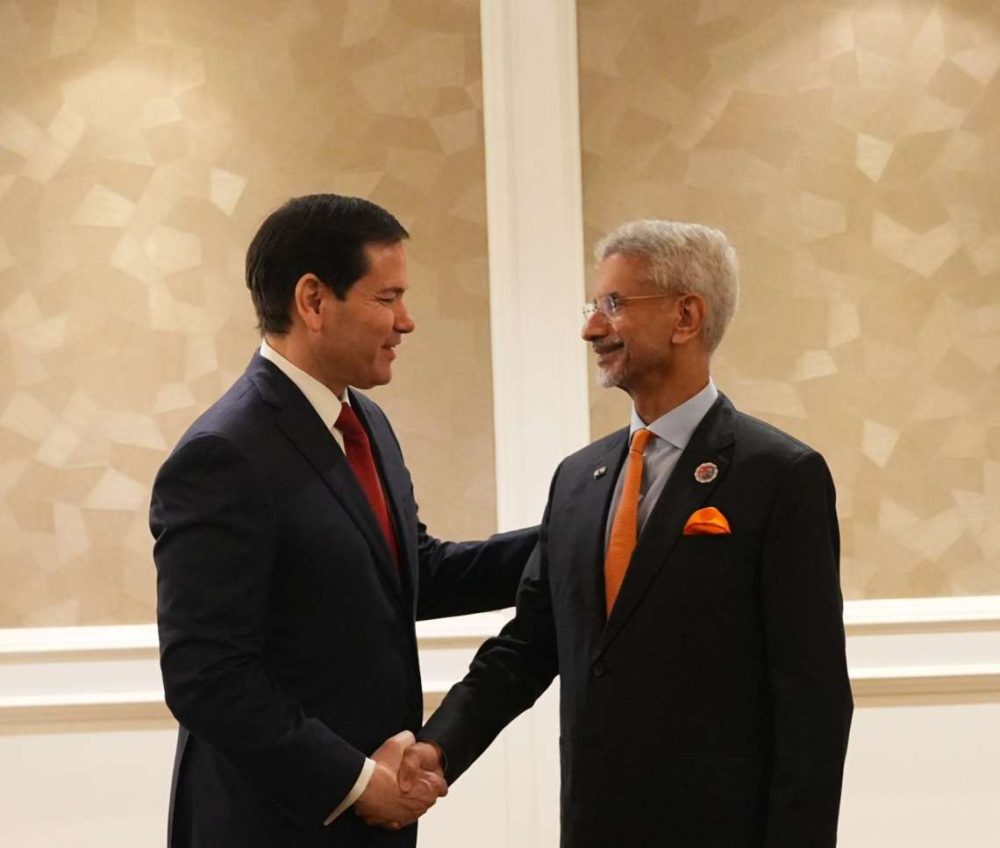The group focuses on five main issues: mitigation, adaptation, loss and damage, climate finance, and Article 6 of the Paris Agreement…reports Asian Lite News
India has formed an inter-ministerial group to develop a comprehensive stance on key topics for global climate negotiations, involving ministries like Environment, Power, and Economic Affairs.
The group focuses on five main issues: mitigation, adaptation, loss and damage, climate finance, and Article 6 of the Paris Agreement. These subjects are discussed in detail by five sub-groups, each composed of high-ranking officials.
Their aim is to establish a well-considered perspective for COP28 discussions. Mitigation pertains to reducing greenhouse gas emissions, while adaptation involves adapting to climate change effects.
The Loss and Damage Fund, established at COP27, aims to financially aid countries severely impacted by climate change. At COP28, nations will work towards consensus on contributions and eligibility for this fund.
India emphasizes the importance of historical responsibility in determining eligibility criteria. On climate finance, India stresses clarity in the definition, speed of delivery, and a balance between mitigation and adaptation.
Article 2.1(c) aligns financial flows with climate action, but developing nations fear it could hinder emissions-producing development projects. The New Collective Quantified Goal (NCQG) will replace the previous $100 billion target and be based on developing countries’ needs.
Article 6 enables countries to collaborate on emission-reduction targets by transferring carbon credits.
Climate Change Study
Climate change could expose up to 2.2 billion people in India and the Indus Valley to many hours of heat that surpass human tolerance by the end of the century, a new research in Proceedings of the National Academy of Sciences (PNAS) said on Tuesday.
Researchers modelled global temperature increases ranging between 1.5 and 4 degrees Celsius to identify areas of the planet where warming could lead to heat and humidity levels that exceed human limits.
Heat stress increases in magnitude and extent with every degree of global mean surface temperature increase, with monsoon dynamics likely to exacerbate heat conditions in South Asia and East China.
While impacts are concentrated in eastern Pakistan and the Indus River Valley in northern India in the 1.5 and 2 degrees Celsius warming scenarios, they expand in the 2 and 4 degrees Celsius warmer world, with a substantial accumulation of annual hot hours in the highly populated cities of Delhi, Kolkata, Shanghai, Multan, Nanjing and Wuhan.
With increased global warming, the regions that will experience the first moist heat waves and subsequent substantial increases in accumulated hot hours per year are also the regions with the largest concentrations of the world’s population, specifically those in India and the Indus River Valley (population: 2.2 billion), eastern China (population: 1.0 billion), and sub-Saharan Africa (population: 0.8 billion).
If emissions continue in their current trajectory, middle-income and low-income countries will suffer the most. This also reflects the large populations in South and East Asia, which, in a world that is 4 degrees Celsius warmer than the preindustrial period, is projected to experience around 608 and 190 billion person-hours of threshold exceedance in humid conditions, respectively.
If global temperatures increase by one degree or more than current levels, each year billions of people will be exposed to heat and humidity so extreme they will be unable to naturally cool themselves, said the interdisciplinary research from the Penn State College of Health and Human Development, Purdue University College of Sciences and Purdue Institute for a Sustainable Future.
Results indicated that warming of the planet beyond 1.5 degrees above preindustrial levels will be increasingly devastating for human health across the planet. Humans can only withstand certain combinations of heat and humidity before their bodies begin to experience heat-related health problems, such as heat stroke or heart attack.


